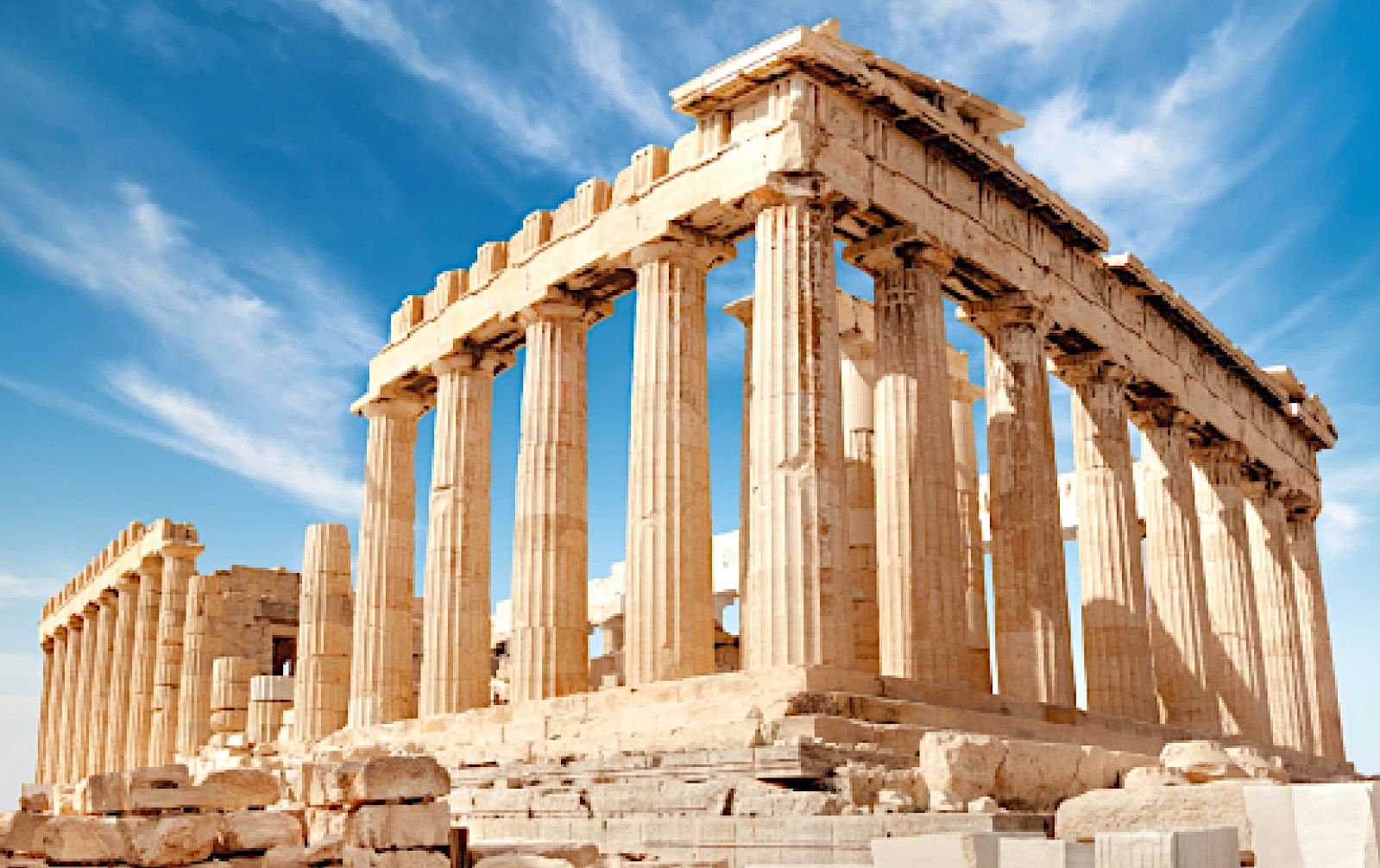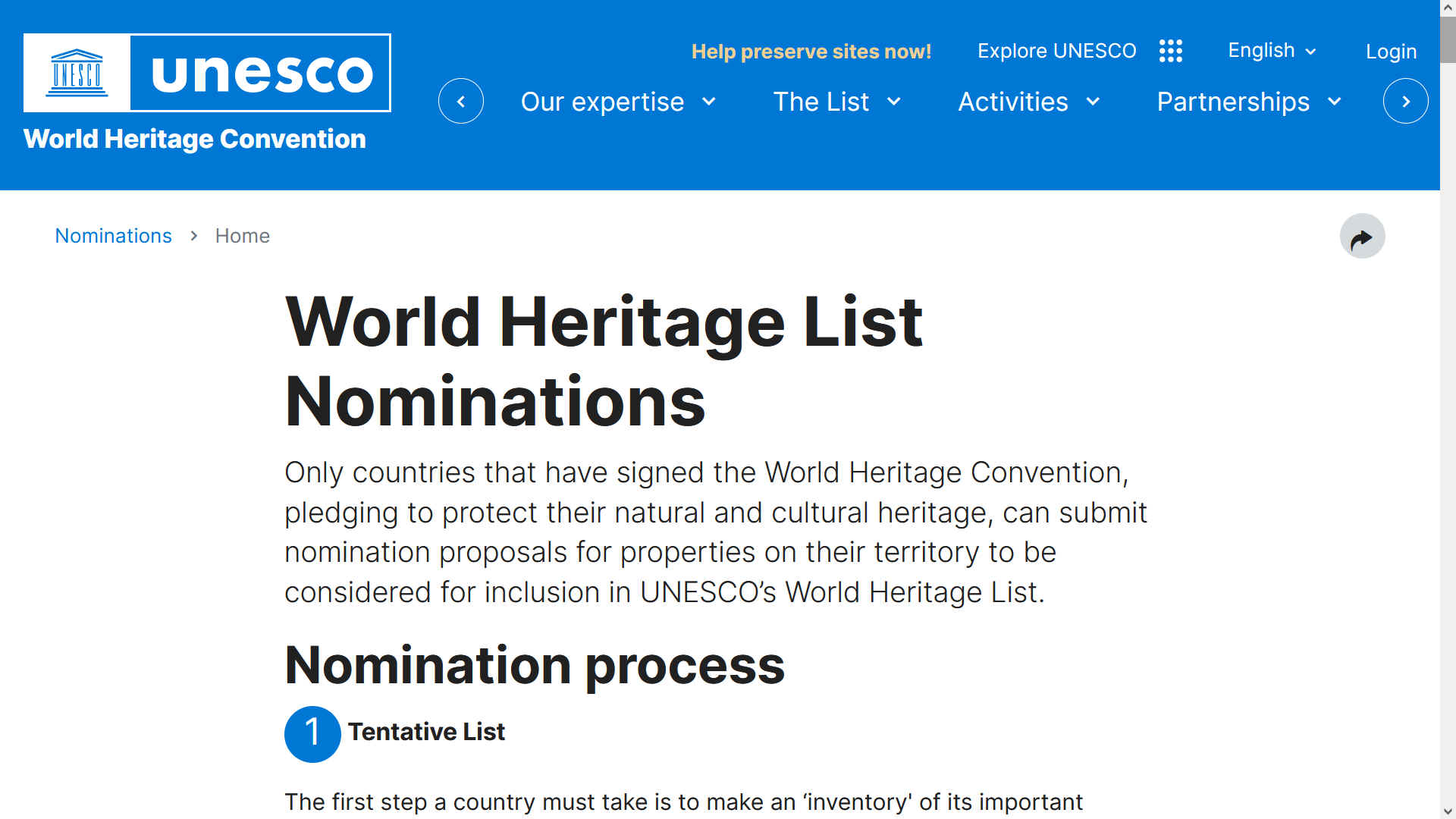
Angkor Wat is
held to be the largest religious monument in the world. Angkor Wat (meaning "Temple City") is a temple complex in Cambodia, on a site measuring 162.6 hectares (1,626,000 m2; 402 acres). Breaking from Shaiva tradition of previous kings, Angkor Wat was dedicated to Vishnu for the Khmer Empire.
It was built by the Khmer King Suryavarman II in the early 12th century in Yaśodharapura), the capital of the Khmer Empire, as his state temple and eventual mausoleum. Angkor Wat combines two basic plans of Khmer temple architecture: the temple-mountain and the later galleried temple. It is designed to represent Mount Meru, home of the devas in Hindu mythology: within a moat more than 5 kilometres (3 mi) long and an outer wall 3.6 kilometres (2.2 mi) long are three rectangular galleries, each raised above the next. At the centre of the temple stands a quincunx of towers. Unlike most Angkorian temples, Angkor Wat is oriented to the west; scholars are divided as to the significance of this. The temple is admired for the grandeur and harmony of the architecture, its extensive bas-reliefs, and for the numerous devatas adorning its walls.
As the best-preserved temple at the site, Angkor Wat is the only one to have remained a significant religious centre since its foundation. The temple is at the top of the high classical style of Khmer architecture. It is one of the most important pilgrimage sites for Buddhists in Cambodia and around the world, having played a major role in converting Cambodia into a Buddhist nation. It has become a symbol of Cambodia, appearing on its national flag, and is the country's main tourist attraction.
RESTORATION & CONSERVATION
As with most other ancient temples in Cambodia, Angkor Wat has faced extensive damage and deterioration by a combination of plant overgrowth, fungi, ground movements, war damage and theft. The war damage to Angkor Wat's temples however has been very limited, compared to the rest of Cambodia's temple ruins, and it has also received the most attentive restoration.
The restoration of Angkor Wat in the modern era began with the establishment of the Conservation d'Angkor (Angkor Conservancy) by the École française d'Extrême-Orient (EFEO) in 1908; before that date, activities at the site were primarily concerned with exploration. The Conservation d'Angkor was responsible for the research, conservation, and restoration activities carried out at Angkor until the early
1970s, and a major restoration of Angkor was undertaken in the 1960s.
Work on Angkor was abandoned during the Khmer Rouge era and the Conservation d'Angkor was disbanded in 1975. Between 1986 and 1992, the Archaeological Survey of India carried out restoration work on the temple, as France did not recognise the Cambodian government at the time. Criticisms have been raised about both the early French restoration attempts and particularly the later Indian work, with concerns over damage done to the stone surface by the use of chemicals and cement.
In 1992, following an appeal for help by Norodom Sihanouk, Angkor Wat was listed in UNESCO's World Heritage in Danger (later removed in 2004) and
World Heritage Site together with an appeal by
UNESCO to the international community to save Angkor. Zoning of the area was set up to protect the Angkor site in 1994, APSARA was established in 1995 to protect and manage the area, and a law to protect Cambodian heritage was passed in 1996.
A number of countries such as France, Japan and China are currently involved in various Angkor Wat conservation projects. The German Apsara Conservation Project (GACP) is working to protect the devatas, and other bas-reliefs which decorate the temple, from damage. The organisation's survey found that around 20% of the devatas were in very poor condition, mainly because of natural erosion and deterioration of the stone but in part also due to earlier restoration efforts. Other work involves the repair of collapsed sections of the structure, and prevention of further collapse: the west facade of the upper level, for example, has been buttressed by scaffolding since 2002, while a Japanese team completed restoration of the north library of the outer enclosure in 2005.
Microbial biofilms have been found degrading sandstone at Angkor Wat, Preah Khan, and the Bayon and West Prasat in Angkor. The dehydration- and radiation-resistant filamentous cyanobacteria can produce organic acids that degrade the stone. A dark filamentous fungus was found in internal and external Preah Khan samples, while the alga Trentepohlia was found only in samples taken from external, pink-stained stone at Preah Khan. Replicas have been made to replace some of the lost or damaged sculptures.
ACROPOLIS
- ATHENS, ANCIENT GREEKS, PARTHENON, TEMPLE ATHENA NIKE
ANGKOR
WAT - HINDU BUDDHIST TEMPLE RELIGIOUS COMPLEX, CAMBODIA
CHICHEN ITZA - ANCIENT MAYAN CITY, YUCATAN PENINSULA, MEXICO
COLOSSEUM
- ROMAN HISTORIC CITY CENTRE, ROME, PANTHEON, ITALY
EASTER
ISLAND - RAPA NUI, POLYNESIAN HEAD STATUES, PACIFIC OCEAN
GREAT
WALL OF CHINA - 3RD CENTURY BC EMPEROR QIN SHI HUANG & MING DYNASTY
MACHU
PICCHU - PYRAMID, PERU, INCAN LOST CITY,
ANDES
PETRA
- TREASURY, AL-KHAZNEH, SIQ GORGE, NABATAEANS, SOUTHERN JORDAN
PYRAMIDS
- GREAT SPHINX, MEMPHIS NECROPOLIS, GIZA, EGYPT
TAJ
MAHAL - MAUSOLEUM BUILT BY SHAH JAHAN, AGRA, INDIA
VATICAN
CITY - THE WORLD'S SMALLEST, HOLIEST CHRISTIAN STATE
WESTMINSTER
ABBEY - HOUSES OF PARLIAMENT, LONDON, ENGLAND
TENTATIVE
LISTINGS
PORT
ROYAL - JAMAICAN SUNKEN CITY 1692, PIRATES HISTORY


